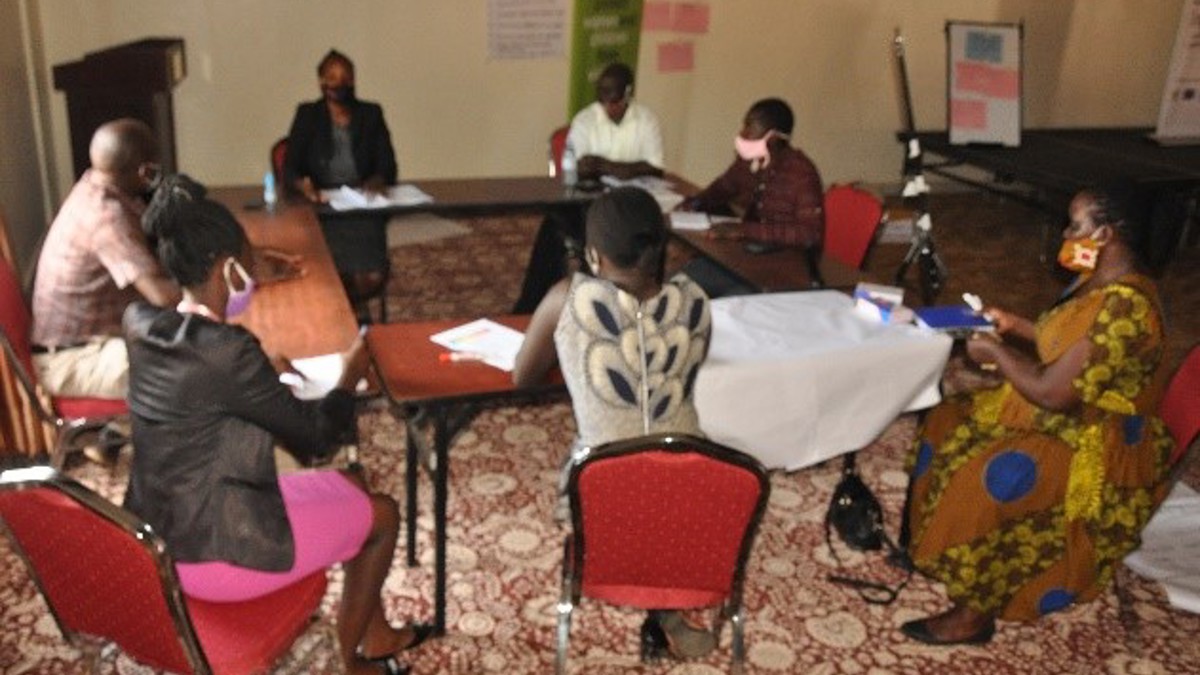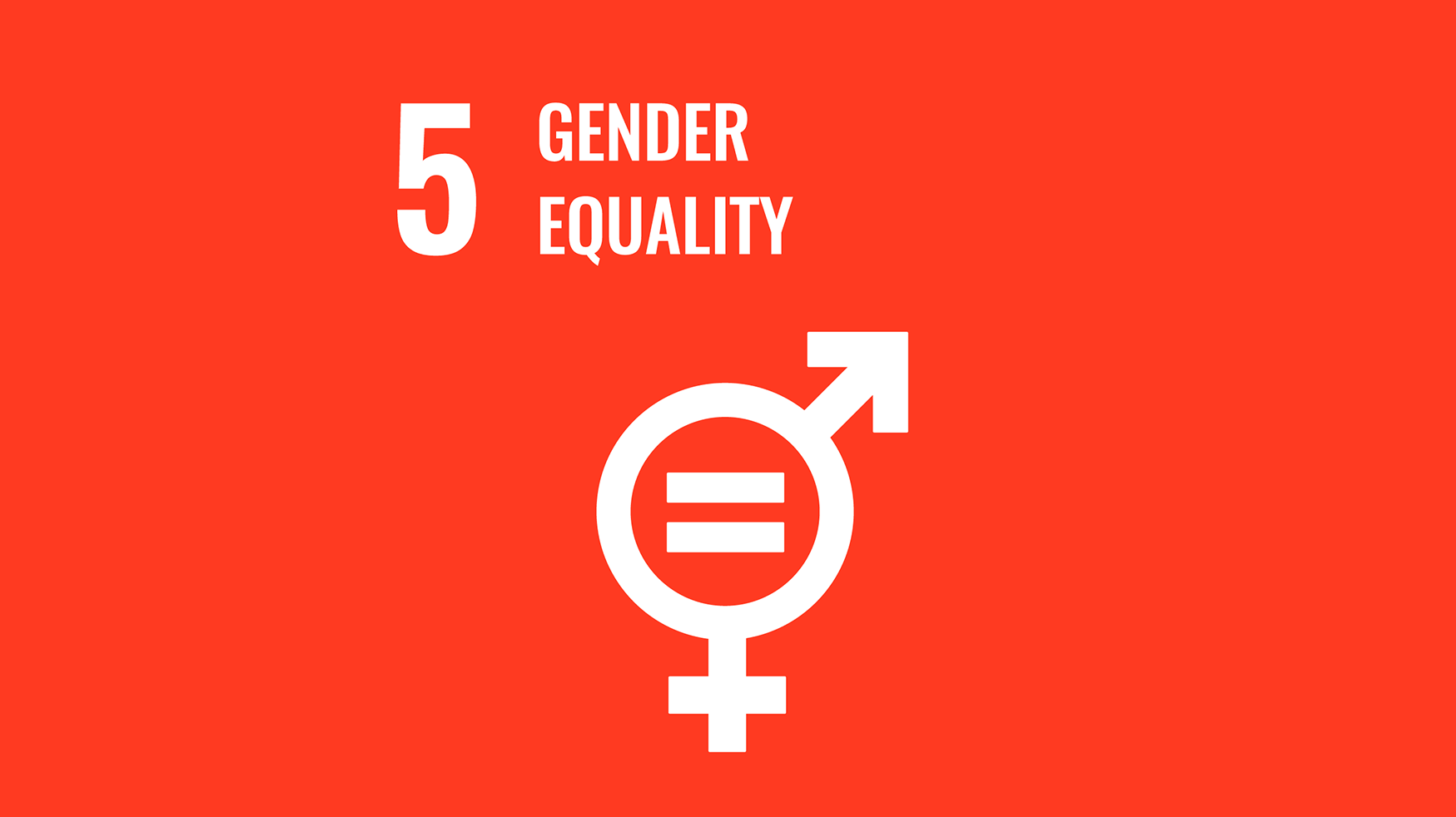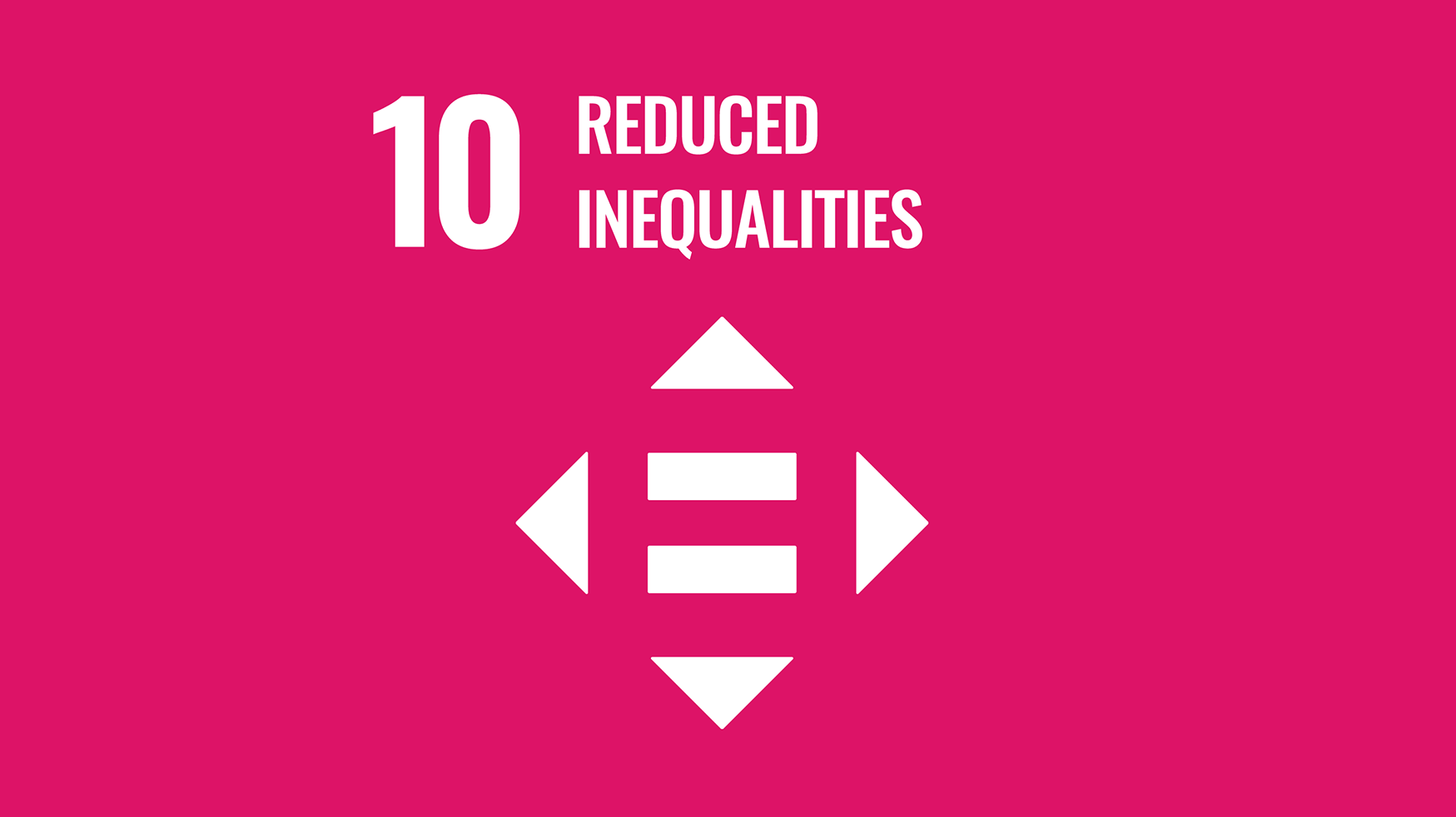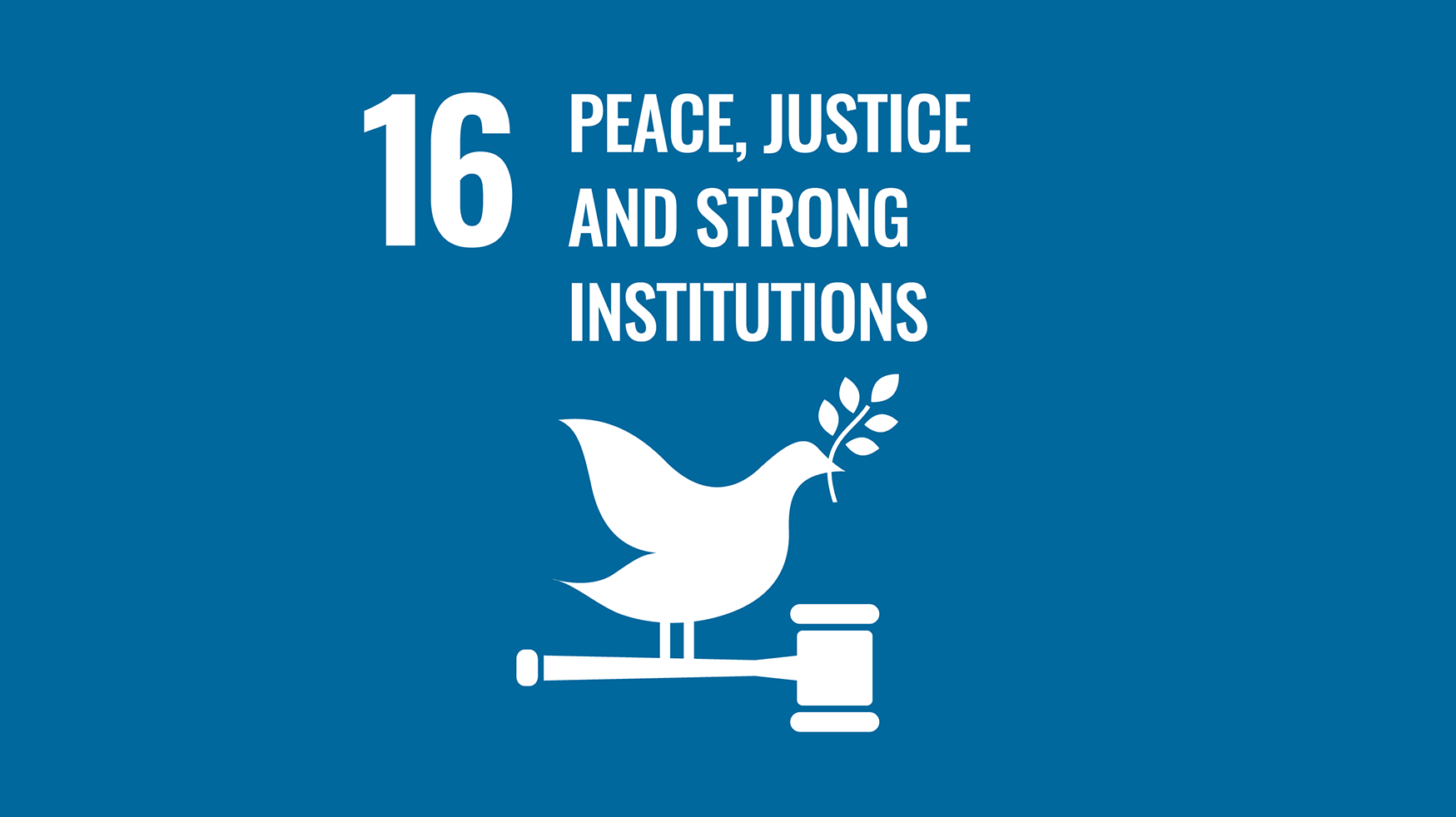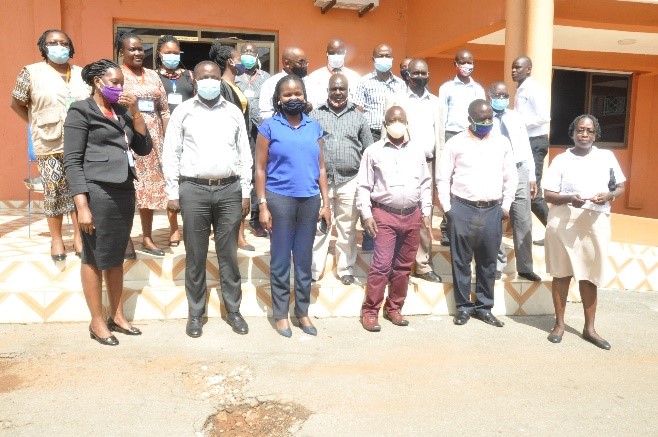
Violence against women and children (VAWC) is one of the most systemic and endemic human rights issues which disproportionately affects women and girls in Uganda. VAWC takes many different forms. It can include physical, sexual and psychological/emotional violence, economic abuse and exploitation. According to the Uganda Demographic and Health Survey, more than half of women aged 15-49 have experienced physical violence at least once since age 15.
The Spotlight Programme is a global initiative on VAWC funded by the EU and implemented under the UN Division of Labor as a Joint Programme. In Uganda, it was implemented in four priority districts: Amudat, Kasese, Kitgum, and Tororo. NTU supported the institutional area of this Programme in 2020-2021 with the provision of technical support to national ministries and district authorities to implement the EU-Spotlight Initiative for ending violence against women and children in Uganda, using the Socio-Ecological Model (SEM) – Institutional strengthening pillar.


MORE THAN
1000
PARTICIPANTS IN OUR ACTIVITIES
(CONSULTATIONS, WORKSHOPS TRAINING)
Implementation
The SEM examines the complex interactions and interdependencies among individual, relationship, community, and societal factors. Our assistance was grounded in this framework, focusing on understanding the needs of both individuals and communities to develop context-specific solutions for addressing and overcoming violence. The approach utilised social mobilisation for behavioural change and communication at different levels:
a) Individual level focusing on knowledge, attitudes, behaviours and interpersonal relationships (families, friends, social networks);
b) Community level (Community leaders);
c) Organisational (organisations/ social institutions);
d) Policy/Enabling Environment (national, state, local laws).
Through participatory approaches, NTU organised meetings with district representatives to engage with stakeholders and ensure institutional and local support. A Needs Assessment was then conducted to assess the current levels of competency, skills, and knowledge among district and implementation partners regarding Communication for Development. This Needs Assessment served as an essential input for planning the District Trainings (DTs), which were designed and implemented by NTU in the four target districts of the assignment.
To ensure the success of the training, 123 trainees were invited and provided with prior instruction to assist in delivering the DTs. These trainees subsequently conducted county-level and sub-county-level trainings, reaching over 5,000 people across Amudat, Kasese, Kitgum, and Tororo. Cultural and religious leaders were also included in the training sessions, which facilitated outreach to more remote areas.
Impact
-
Strengthened Institutional Capacity – Through technical support provided to local governments and community leaders and the trainings performed, NTU significantly help to build institutional capacity for handling VAWC;
-
Increased Awareness and Prevention Methods – The training and educating of over 100 trainees and 5000 people across four districts were carried out, which empowered individuals and their families to address and challenge behaviours associated with violence against women and children;
-
Community Engagement – With more than 5000 people reached (incl. community, cultural and religious leaders), awareness and anti-violence initiatives were promoted, as well as good practices when tackling the issue.
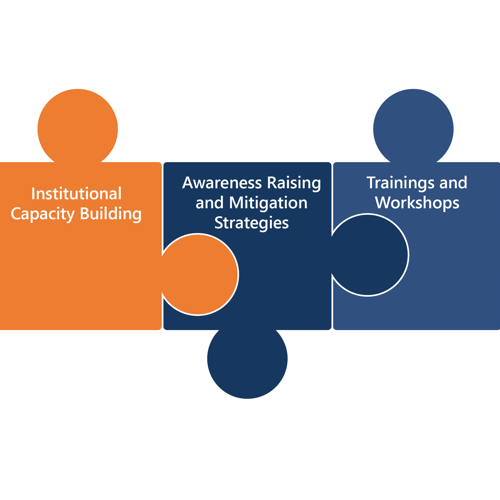
SDGs

